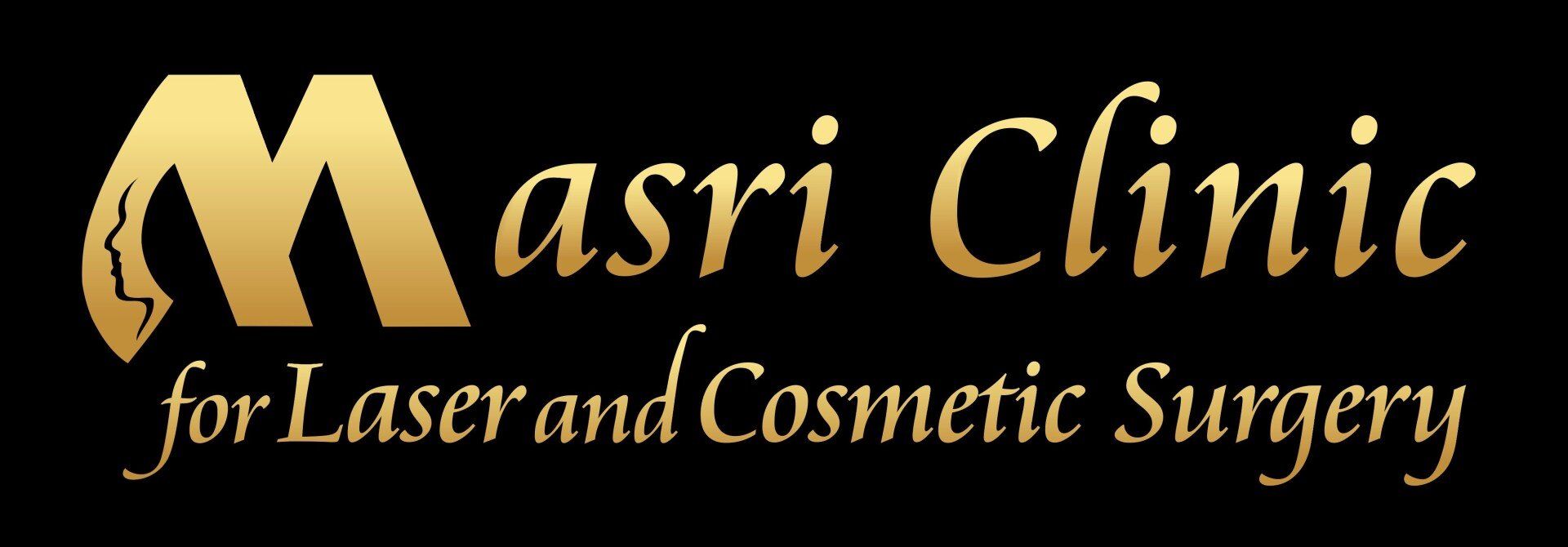Should I Feel Product Under My Skin With a Liquid Facelift?
Liquid facelift treatment is an excellent way of getting rid of fine lines, nasolabial folds, and any wrinkle on your face without the need for a plastic surgeon. But to anyone only familiar with the traditional surgical facelift, a non-surgical procedure like a liquid facelift procedure can be a little confusing to understand. One of the biggest reasons is that a liquid facelift treatment may not seem as effective of a cosmetic procedure compared to plastic surgery — and a lot of patients are also unfamiliar with what to expect.
For example, if you do get a liquid facelift treatment, would you feel the product under your skin after the injection? While some discomfort after a liquid facelift appointment is expected, the injectables used should be absorbed by your skin after a while. Soon enough, you won't feel the product at all. Compared to cosmetic surgery, using an injectable product comes with very few side effects, especially after the product has had some time to take effect.
How a Liquid Facelift Procedure Works
A liquid facelift involves some type of dermal filler (usually facial fillers) injected underneath the subdermal layer of the skin on or around your face. A liquid facelift procedure is usually used to add more facial volume, promote facial rejuvenation, and manage the signs of facial aging. With the right kind of injectable filler, you can easily manage issues like a tear trough line, jawline augmentation, and improving facial contour — all issues that can be difficult with your usual facelift surgery or chemical peel.
Injectable dermal fillers use different active ingredients (such as hyaluronic acid) to add more volume to your skin. While the initial application of injectable filler can make your facial skin feel a bit uncomfortable or tender after the procedure, your skin should be able to absorb the filler injection after a few days. While the exact length of time before full absorption (and efficacy) can vary between each injectable treatment, you shouldn’t feel any product under your skin after your procedure.
This is because all of the ingredients of dermal filler treatments aren't foreign to your skin. As much as possible, all of them are designed to be biocompatible with your system and are absorbed by your body eventually. This confusion of "feeling" the actual dermal filler used comes from people mixing them up with implant treatments. While implant treatments usually involve inserting a bag of foreign material such as silicone, a liquid facelift treatment can merge with your facial skin without any issues.
What Happens if I Feel Product Under My Skin After a Liquid Non-Surgical Facelift?
One thing to note about a liquid facelift is that the effects of the injectable don't apply immediately compared to a traditional facelift. Because this process is gradual, you may feel some sort of tenderness or other strange sensations on the treated area for a day or two after your procedure. However, this is perfectly normal and shouldn’t be a cause for alarm.
But if the treated area still feels strange after a few days of rest, then it's possible that your liquid facelift is either incorrectly injected into the treatment area or you have allergies to something in the dermal filler itself. These issues, while not life-threatening, can escalate to severe complications if left unattended. If you're not sure about the efficacy of your results or are worried that something went wrong, consult your dermatologist or provider immediately.
There are also cases where you may feel the product under your skin, but that may not actually be connected to the dermal filler itself. In rare cases, your skin can reject the injectable filler if you have a pre-existing condition, especially if you haven't been checked out by your dermatologist or doctor. While injectable dermal fillers typically have biocompatible ingredients that can be absorbed in the body easily, it's the other ingredients present in the injectables that can cause some discomfort or strange sensations on your face.
In either case, you should always make sure to get your injectable product provided and applied at an experienced practice or clinic to avoid any adverse effects. Not only are you getting the quality you need for the best results, but it's also excellent insurance that you'll be taken care of if something needs to be changed about your procedure.
Liquid Face Lift Procedure vs. Botox
Because they're both injectables, another cosmetic treatment that many people confuse with liquid facelifts is Botox injections. While both treatments work well to improve the appearance of facial skin, the way that they work is very different from each other.
When you get a Botox injection, a shot of botulinum toxin is injected into the site of your wrinkles or facial lines. Botulinum toxin works as wrinkle relaxers to any injection site, blocking muscle's ability to receive nerve signals. These nerve signals are responsible for their muscle contraction and muscle movement, which can form into wrinkles with time. This is especially apparent for facial wrinkles like glabellar lines since they form whenever you make facial expressions.
These wrinkle relaxers (Botox, Dysport, or Xeomin) can only block nerve signals for so long before your body starts creating new neurotransmitters for your treated muscles. This is why most botulinum toxin injections need reapplication in six to eight months since that's the average length of time that your body needs to start resisting the effects of the neurotoxin.
However, facial fillers work by "filling in" the area with a filler product that will gradually be absorbed by the body after a while, alongside an active ingredient that can boost the production of essential skin compounds like collagen and elastin. Depending on the type of facial filler used, you can expect your results to last from nine months to a year and a half.
A crucial thing that these two treatments have in common is that they're best applied by a licensed professional for the best result. While it's possible to give yourself a Botox injection at home, you can avoid most of the common side effects by having someone skilled in the application of wrinkle relaxers use it on you. And since facial fillers are only approved for professional use, you should only get your treatments at a medical clinic or cosmetic practice.
Is a Liquid Face Lift Procedure Preferable to a Traditional Facelift?
While a liquid facelift can be a preferable alternative to traditional cosmetic surgery, there are cases where they may not be enough. This is usually when there's a lot of volume that needs to be restored to the face (like the case of sudden weight loss) or some major trauma to the face that needs extensive medical attention and cosmetic procedures to correct.
However, this isn't to say that you're completely locked out of using injectable dermal fillers. It's possible to combine their use with a surgical procedure provided that you've been cleared by your doctor and dermatologist, and you stick closely to the schedule provided for re-application and treatment. As a rule, all liquid facelifts are best taken on a consistent schedule so you get the best results. Given that their effects can also compound over time, it's within your best interest to always show up to your liquid facelift appointment when you have to.
A traditional facelift can be your best option if you want immediate, permanent results from your cosmetic procedure. However, keep in mind that this does come with the requirement of extensive postoperative recovery and a significant investment of your time and resources for the treatment, and any further corrections that you may need can be limited as your skin ages over time.
In fact, one thing that you should always remember about both of these treatments is that they can only mitigate the signs of facial aging and not stop it entirely. As your body ages over time, it stops or slows down the production of essential compounds that help keep it vibrant and smooth. If you want to keep the results of your skin rejuvenation treatment, you'll need to make changes to your application schedule as your skin gets older.
What Liquid Facelift Feels the Most Natural Under My Skin?
Some patients may be curious about the exact fit for their particular facial wrinkle. While there are a variety of different brands that use different active ingredients, it's difficult to establish an overall "best" liquid facelift for you to use without extensive consultation with your dermatologist or aesthetician.
The primary reason for this is while injectable dermal fillers more or less work the same way, each person's reaction to one filler may be different from another. Considering that the facial anatomy, genetics, and other pre-existing conditions between patients can differ, it's possible to get radically different outcomes even if the same facial filler is used.
One way you can avoid this is by working closely with your dermatologist to see what kind of dermal filler works best for your particular facial lines. There are plenty of brands that have specialized in filling certain areas of the face, while others are more general-use for areas that don't need much improvement. While you can get the ideal result right off the bat, there are some times where you may have to figure it out by trial and error.
The good news about this approach is that it's easier for you and your provider to switch to other brands of injectable filler if your first one isn't working. Since the results of a liquid facelift procedure aren't as permanent compared to those of traditional facelifts and plastic surgery, you have a lot more freedom to choose what kind of dermal filler would work best for your particular issue. Fortunately, most brands that make injectable products have plenty of variations that you can choose from.
So if you're looking for the "best liquid facelift product," it's the one that can provide you the results that you want with the least amount of side effects or discomfort. Since your body is designed to absorb dermal filler, choosing one that works well with your particular issue is the best one that you can use, regardless of the brand or active ingredient.
Improved Skin Rejuvenation Treatments and Other Cosmetic Procedures at Masri Clinic
With extensive experience in both traditional facelift and non-surgical facelift treatments, Dr. Fatina Masri and Dr. Haitham Masri provide long-term cosmetic results for their patients with a variety of skin conditions. Whether it's treating dark circles and sagging brows or restoring soft tissue, they're well versed in the various methods and tools required to restore your skin to its youthful appearance.
For more information about the Masri Clinic and the services it provides, schedule an appointment today.







